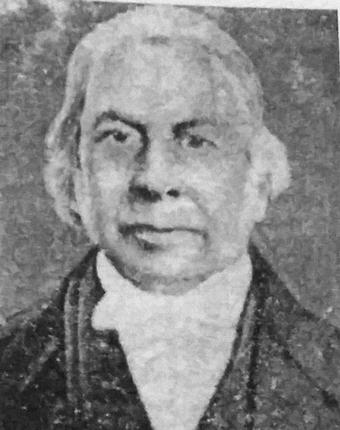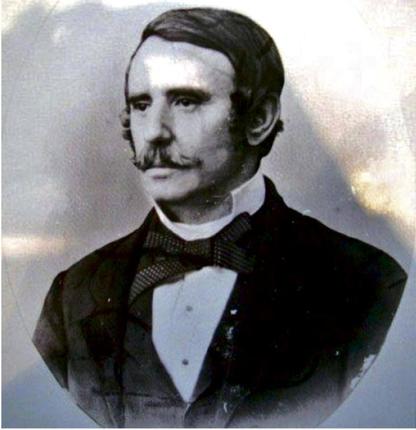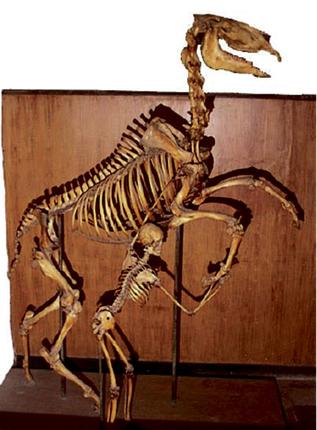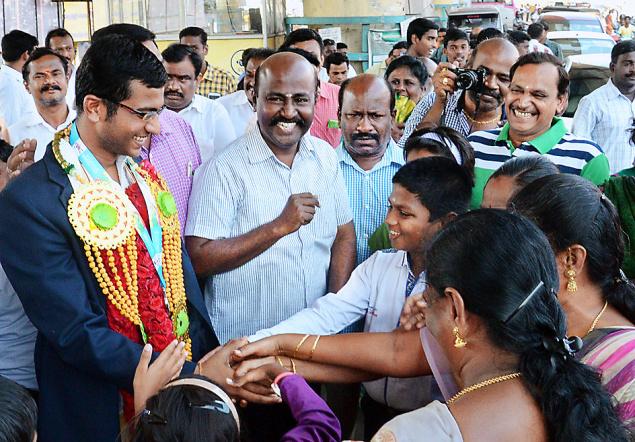It was at a dinner the other night, when someone wondered why an eminent industrialist from Madurai had gone to Madras Christian College instead of American College in Madurai, that it suddenly struck me that the American missionary presence in this part of the world is 200 years old this year, causing me to interject with a non sequitur. The American Ceylon Mission sank roots in Jaffna not long after the Rev. Daniel Poor and his wife arrived in Colombo on March 22, 1816 together with two other missionary couples and a bachelor clergyman.

Poor opened the first American-run school in this part of the world when on December 9, 1816 he opened the Common Free School, now Union College, in Tellippalai, Jaffna. Seven years later, in Vaddukkoddai, Jaffna, he established another school that was to become the renowned Jaffna College from where came the first two graduates of the University of Madras (Miscellany, August 9, 2004 and October 29, 2012).
It was amongst the second batch of American missionaries to Jaffna that there arrived Dr. John Scudder, said to be the first medical missionary in the world. After working in Jaffna from 1820 to 1836, Scudder, the grandfather of the legendary Ida Scudder of Vellore, was moved to Madras where he established the American Madras Mission that year. He was to move to Vellore in 1841 and found the American Arcot Mission there.
But before the move to Madras, the Revs. Levi Spaulding, Henry Hoisington and William Todd and three Jaffna Tamil students (as translators) visited Madura in January 1834 to establish the American Madura Mission. They soon established two schools there but it was left to Poor, who moved to Madura in 1835, to found 37 schools in the district, including the one that became American College, Madura. He was its first Principal. He returned to Jaffna in 1850 and died there in the cholera epidemic of 1855. On June 28, 1915, one of the finest libraries in South India, the Daniel Poor Memorial Library, was opened in his memory. Its splendid new building, opened in 1926, was funded by a grand-daughter of Poor.
The close connections between the American Missions in Jaffna, Madura and Vellore (the Madras Mission gave way to the numerous British missions then moving in) led to the development of Kodaikanal as an important hill station (Miscellany, September 4, 2000). A connection with Madras, however, remains. The American Ceylon Mission, being a constituent of a union of congregational churches in South India, is part of the Church of South India, headquartered in Madras from 1947.
*****
Jesse Mitchell’s charger
My ever-regular correspondent in Australia, Dr. A. Raman, having seen that unique picture of the Museum Tower (Miscellany, February 29) sends me another picture — but this, though many may have seen its focus in situ in the Madras Museum, I feature because it has a story to tell. It may be considered a memorial to the man who could well be considered the founder of the Connemara Public Library, one of India’s four national libraries, Capt. Jesse Mitchell. Raman had received this picture and the one believed to be that of Jesse Mitchell as well as other information about him from Chrissy Hart whose brother had been researching their descent from Mitchell.

Another of those Irishmen to join the East India Company’s Army, Mitchell arrived in Madras in 1829 and was immediately sent to the Pallavaram cantonment. He records an abiding memory of his first days there spent in regaining his land-legs. During those days meant for rest and recuperation, he and fellow newcomers went through “the terrible ordeal of drinking a strong dose of salts and senna every alternate day for six days, (while) formed up in line in the presence of the doctor”. On the last day “we were informed that the salt junk eaten on board for 3 months was washed clean out of us, and we were now fit for our exile in India for 21 years, when we would be entitled to a pension and allowed to go back to our mother”. They were then posted to various regiments, Mitchell being sent to join the Madras Horse Artillery in Bangalore.
While Mitchell was seeing action in China and different parts of India, the Madras Museum was inaugurated in January 1851 with Dr. Edward Balfour in charge. It was born through the efforts of the Madras Literary Society which petitioned the East India Company in November 1843, approval being given in 1846. After being located in the upper floors of the College of Fort St. George (Egmore) it moved into the nucleus of its present premises, The Pantheon, in 1853.
Why, when Balfour retired, Mitchell was chosen to take charge of the Museum cannot be explained, unless you take into account a couple of papers he wrote, ‘On the Influence of Local Altitude on the Burning of the Fuses of Shells’ and ‘Description of a Plain or Waxed paper Process in Photography’. Whether those papers justify the explanation that he was appointed part-time supervisor of the Museum because of his interests in microscopy and Natural Science is debatable. But once he was there he did a remarkable job. He acquired a variety of small fauna, shells and fossils from foreign museums in exchange for specimens from the Madras Presidency, started a collection of old coins and medals, and added to Balfour’s Amaravati collection of sculptures. In all he added over 72,000 specimens to the Museum’s collection before he passed away in 1872. One of those specimens that he added to the Zoology Gallery was the skeleton of the horse seen in my picture today, his regimental charger.

But perhaps the most significant thing he did was write to the Government in 1860 urging it to fund a library: “A few hundred rupees, judiciously expended every year, would place before the public a library of reference that would in the course of time be an honour to the Government.” His wish was fulfilled in 1862, when Government funding enabled the opening of a small library in June that year. This library evolved into the Connemara Library. Initially the library was supervised by the Museum, but in 1939, Dr. F.H. Gravely, the last British Superintendent of the Museum, had the Library separated from the Museum, each with its own head.
Of Mitchell, still very much a part of Madras in St. George’s Cemetery, it was said, “He had very clear ideas of the functions of Museums; first to contain as complete a collection as possible of the natural production of the country and other parts of the world, duly named and systematically arranged as a means of encouraging the study of Natural History, and secondly, to do its share in the advance of Science.” Advancement of knowledge he saw through libraries — and made it happen. That was perhaps a more memorable an achievement of his than all his splendid work for the Museum.
*****
Setting things straight
My Irish visitor Aine Edwards writes to tell me that some of my detailing in the item on Sr. Loreto (Miscellany, February 22) needs correction and she clarifies that the Little Lambs School in Perambur “is a multi-denominational school with Christian moral teaching” and that it was founded by Maria Gislen, not Sr. Loreto. Aine Edwards had volunteered at the school and was introduced by a mutual friend to Sr. Loreto of the Presentation Order who has been “based mainly in Madras”.
My correspondent, quoting Sr. Loreto, says that the names of the first Presentation nuns to arrive in Madras were not those listed by the publication with which the Irish Embassy was associated. Then citing a website of the Presentation Order they gave me two names on my list as well as Mother Frances Xavier Curran, instead of Xavier Kearney, and a Miss Josephine Fitzsimon instead of a Johanna Fitzgerald. The website does not list Ignatius Healy. I also learnt that the Kellys we both listed died of cholera, Regis in 1844 and Martha 18 months later.
But as usual I wonder about the accuracy of some of the material on the worldwide web. This time, the site Aine Edwards refers me to, says those first nuns moved to “what was once Robert Clive’s office, now to be the first Presentation Convent in India”. I can hardly imagine either of the Clives, Robert or son Edward, having an office in Black Town or the Catholics being given space in the Fort after 1749!
The information sent to me also indicates that the Presentation Order went beyond education in India. They helped with healthcare. In 1928, they staffed the railway hospital in Golden Rock (Trichy), in 1933 they established a hospital in Theni, and they opened a hospital at Manapad on the Fisheries Coast.
source: http://www.thehindu.com / The Hindu / Home> Features> MetroPlus> Society / by S. Muthiah / March 05th, 2016
